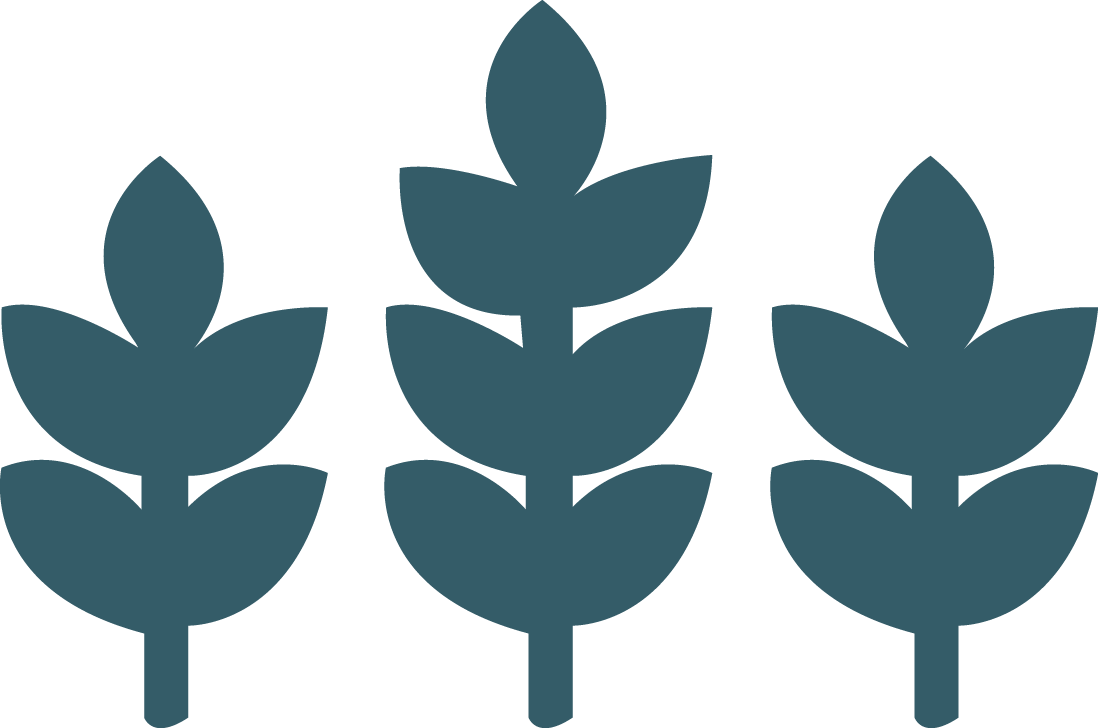About the Upstart Farmers Roundtables
Upstart Farmers Roundtables are an informal, biweekly event. Using Google Hangouts video calling, a small group of Upstart Farmers comes together to share their experiences and learn from each other. Each week is guided by a discussion topic, with growers welcome to ask their own questions.
Roundtables are exclusively for Upstart Farmers, and recordings are only released to the Upstart Farmers Community.
Roundtable: Filtration
Filtration methods and equipment vary between hydroponic systems and aquaponic systems. In hydroponics, there are very few solids in the system, so simple screen filters are often adequate. In aquaponics, solids are prevalent, requiring a much larger filtration investment.
Investing in filtration up front will save on labor costs in the long run.
For Hydroponics
Y-filters should be placed in-line downstream of your mixing tank and upstream of your towers. Many hydroponic farmers use a sock filter that fits over inflow pipes.
We order a large Y-filter from Irrigation Direct. They run around $50 – $60.
For Aquaponics
Aquaponic systems should be designed to continue functioning in the face of heavy solids
Minimally, some heavy solids removal is necessary. Swirl filters and/or settlement tanks are needed in any aquaponic setup. Swirl filters should be positioned downstream of the fish but upstream of the sump.
While towers can provide your biofiltration, the idea that towers can provide 100% of your filtration in an aquaponic system is a misconception.
Sock filters can be used in aquaponics, but the farmers’ experience has shown that these tend to be much more of a hassle when dealing with heavy solids.
Filtration for an aquaponic system may cost thousands of dollars, much more than in a hydroponic system. (Of course, there are plenty of cost-saving DIY opportunities, as Tracy Holz has demonstrated on his YouTube channel.)
Filtration tips and tricks
Tracy Holz had two tips and tricks for filtration in his aquaponic system.
First, he places a green scrub pad/sponge over the top of each tower to catch solids. These are then easily rinsed every couple of days, which stopped solids from building up and clogging the tops of the towers.
Second, he uses a 3-inch net pot over the 2-inch outflow pipe on his swirl filter to protect his smaller fish who make it down the drain and into the filter. This saves them from making it to the sump.
Autodosing and Dosing Equipment
At a certain point, it is worth investing in autodosing equipment for both aquaponic and hydroponic producers. Using an autodoser reduces human errors and allows for the precise implementation of crazy-specific dosing schemes, like raising EC at night to increase plant nutrient uptake, or reducing EC when the temperature gets high to allow maximum water uptake by the plants.
Autodosers usually measure pH, EC, and temperature. When these values rise or drop out of your programmed range, the doser turns on a pump controlling three to six solution parts until the problem is resolved.
Most growers use a three part mix: calcium nitrate, the fertilizer mix, and a pH up or down, depending on which way your system trends. Autodosers can frequently handle up to four or six solution parts.
Can they track individual nutrients, like calcium?
Very, very expensive autodosing systems can test and balance individual nutrients. These are advanced and probably not suited for Upstart Farmers.
Autodosers and Organic Solids or Nutrients
If you’re doing organic hydro with substances like fish emulsion, it is almost impossible to measure what your nutrient levels are, since organic solids are not the soluble salts available to the plants (which we measure with EC). This releates to the same reason why EC is a poor measurement in aquaponic system – the soluble plant nutrients are present for a very short time when the organic matter breaks down, just before plants take them up.
While peristaltic pump or solenoid-based autodosers can handle some amount of organic solids, Nate would recommend using these kinds of additions as supplements, and not as the main nutrient source for an autodosed system. In order to get results from the autodoser, it needs to be adding something that impacts EC values.
Is there a less expensive autodoser available?
Intellidose and other Autogrow products are the ones we’re familiar with and can recommend by experience, but there are many other options out there on the market. It’s worth doing some research on – and let us know what you find!
If you’re looking for an autodosing method to reduce Green Wall servicing labor, we recommend using the modified Kratky system made possible by the Green Wall’s Tower Top-Off Tank. Using these tanks, you can pre-mix solution (at a slightly lower EC) in a larger quantity to leave on the wall.
